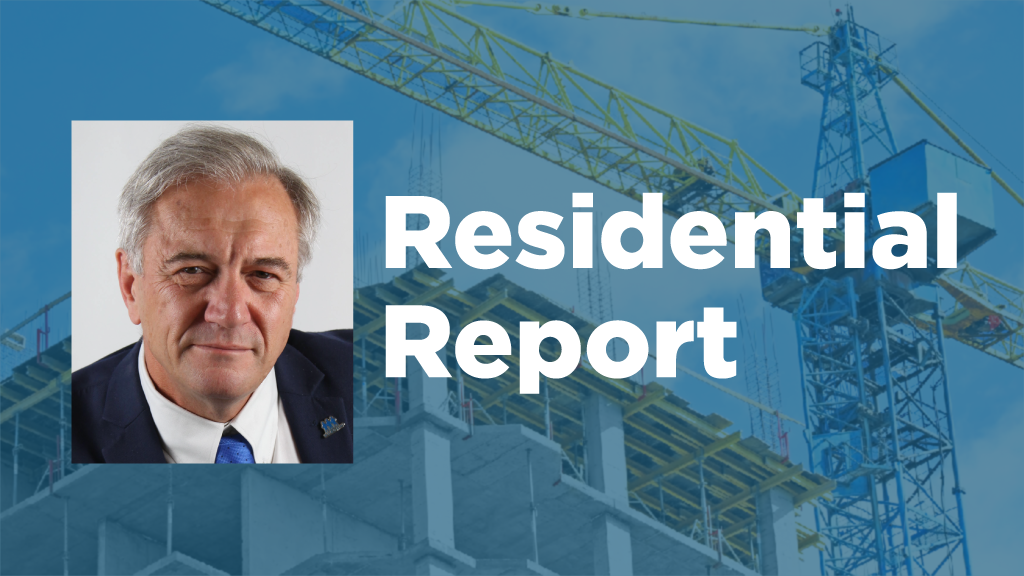A significant contributor to the cost of new housing is the price tag associated with the land on which the homes and condos are built.
Simply put, it’s expensive. To build an apartment development, for example, land value can account for up to 25 per cent of the cost. The more costly it is to acquire the land, the pricier the home.
Bullpen Research and Consulting indicated earlier that land prices in the GTA are up 22 per cent, at $106 per-buildable-square-foot (PBSF), compared to a year earlier when it was $87 (PBSF).
It is exceedingly difficult to build housing for the middle class anymore, but cutting land costs by freeing up more property for development is one way to make homes and condos more affordable.
In Canada, just under 11 per cent of land is privately owned.
The rest is under public control. The federal government owns 41 per cent of the land and the provinces own 48 per cent. If some of that land could be freed up for much-needed housing, it would lower costs.
There is plenty of such land available. The Globe & Mail recently dug into the matter and found there is enough land to house 750,000 people.
The federal government has hundreds of pieces of underperforming urban land, including armouries with parking lots, aging post offices and low-rise office buildings in high-storey streetscapes.
The Globe & Mail used the government’s federal registry of properties and identified all federally owned land that is at least half an acre in size, sitting vacant or occupied by a building not more than two storeys, and located in municipalities with at least 10,000 people.
Researchers identified 767 such land parcels near residential areas suitable for various types of housing.
There were 613 pieces of such land in cities and towns across the country that were either vacant or occupied by one-to-two storey buildings — a collection of federal real estate large enough to create 288,000 housing units.
In addition, there are 154 taller buildings above two storeys that are close to housing that could be considered for residential conversions or development.
In its last budget, the feds promised a dramatic change of course to unlock public land on every possible site of federal real estate for construction of 250,000 homes by 2031. The government would do this by leasing the land to non-profits, builders and communities committed to affordable housing.
However, before that happens the federal government must first review its entire portfolio of federally owned land and properties to identify sites where new homes can be built.
It is time to walk the talk.
Sales of new homes and condos continue to slide, according to latest figures. About 10,000 new condo sales are expected in the GTA in 2024, which will be the lowest in the last two decades.
Sadly, some individuals and families have given up entirely on the prospect of home ownership.
In Ontario, a poll found more than 40 per cent of residents in the GTA are seriously thinking of leaving the province because of the cost of housing.
Data collected by Statistics Canada confirms many residents from the GTA are increasingly moving to other provinces.
In 2023, more than 16,000 residents moved out of the GTA to other provinces than moved to the region from other provinces. Additionally, nearly 100,000 more people moved out of the GTA to other, less expensive parts of Ontario last year than moved in.
The metrics are not good.
Canada has the second highest ratio of house prices to income among all Organisation for Economic Co-operation and Development countries and a recent survey showed that 44 per cent of young Canadian adults have given up on home ownership. Only 30 per cent of Canadian have enough income to buy a single-family home, according to RBC.
As for solutions, there are several good ideas.
In B.C, for example, the government unveiled a new model to free up underused public land in prime urban locations for building 10,000 affordable rental units at greater speed.
Halfway around the world, in New Zealand, the government has agreed to flood the market with land for development by abolishing the ability of local councils to set fixed urban-rural boundaries. Councils will also not be permitted to mandate balconies or minimum floor area sizes.
In Ontario, there are also moves to open up federal land for housing. The mayor of Pickering has asked Premier Doug Ford to revoke a minister’s zoning order and permit 8,804 acres of public land near the airport to be made available for construction of homes for 40,000 people.
The housing situation has never been more serious. We have a crisis because we haven’t been smart about growth. Opening up more public land for housing could help change the dial.
Richard Lyall is president of the Residential Construction Council of Ontario (RESCON). He has represented the building industry in Ontario since 1991. Contact him at media@rescon.com.







Recent Comments